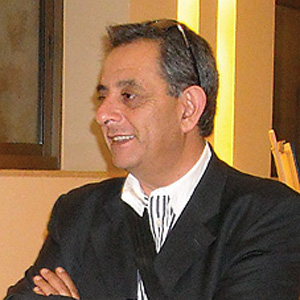The COVID-19 pandemic has taken the world by storm; by tsunami more like it, and has caught it with its pants down. We, the commoners, can safely say that we did not see this coming. Some world leaders and heads of state, however, did get warnings but failed to heed them or take seriously the cautionary reports. The warnings may have been feeble, but they were there. In 2011, the thriller Contagion told the story of healthcare professionals, government officials, and everyday people who found themselves in the midst of a pandemic as the Center for Disease Control, the CDC, worked against the clock to find a cure. The movie included high-profile actors such as Matt Damon, Kate Winslet, and Jude Law. I am no conspiracy theorist, but the similarity between the conditions and the public panic around the spread of the virus in the movie and real life today is eerie, to put it mildly.
Whether the virus came from Chinese bats, or specifically from the Wuhan wet markets, or radiation from 5G technology, or was even connivingly construed within a fiendish plan to reduce the population of the world, the virus is here, and from the looks of it, it’ll be around for a long time. A month ago, we the commoners were pretty much told that if we leave our homes, we would most likely get the highly contagious virus and may very well die. With the exception of Russia, it is true that the numbers of infected people and the ones who are dying from the virus are going down, but no one even dares to claim that the pandemic is behind us. Yet, the supermarkets that a week ago were only permitting a handful of individuals to go in are today packed with people. The roads are congested, some schools have opened, albeit with cautionary measures in place, and in a nutshell, life is going back to where it left off! Life simply must go on, I suppose.
On a personal note, like many others, I too was caught with my pants down. No secret that at the beginning, I was very worried and scared. Then it dawned on me that I was in a similar situation in October 2000. The second Intifada had erupted a month earlier, and life seemed to have stopped. I can’t say that conditions were exactly the same, but most businesses were severely affected, transportation was frequently severed, curfews were imposed, and an atmosphere of warfare prevailed. This Week in Palestine was less than two years old at the time, and the magazine was faced with an existential threat. To make a long story short, we decided to double up; we decided to add content and transform the periodical into a full-fledged magazine. This time, we have decided to turn the challenge into an opportunity. What better circumstances can we dream of to document what is happening today in Palestine? The promotion bit of our mandate will come later; for now though, our role is to document the moment. If you believe that it is indeed an important role to play, wait till the need to restore Palestine as a world tourism destination emerges again. It certainly hasn’t been as rosy as I’m making it sound, but judging from the April issue on public health and this current May issue on the economic effects of COVID-19, I believe that this pandemic has not only highlighted our role, it has also made us stronger. At least that’s my hope!
Long live Palestine!


